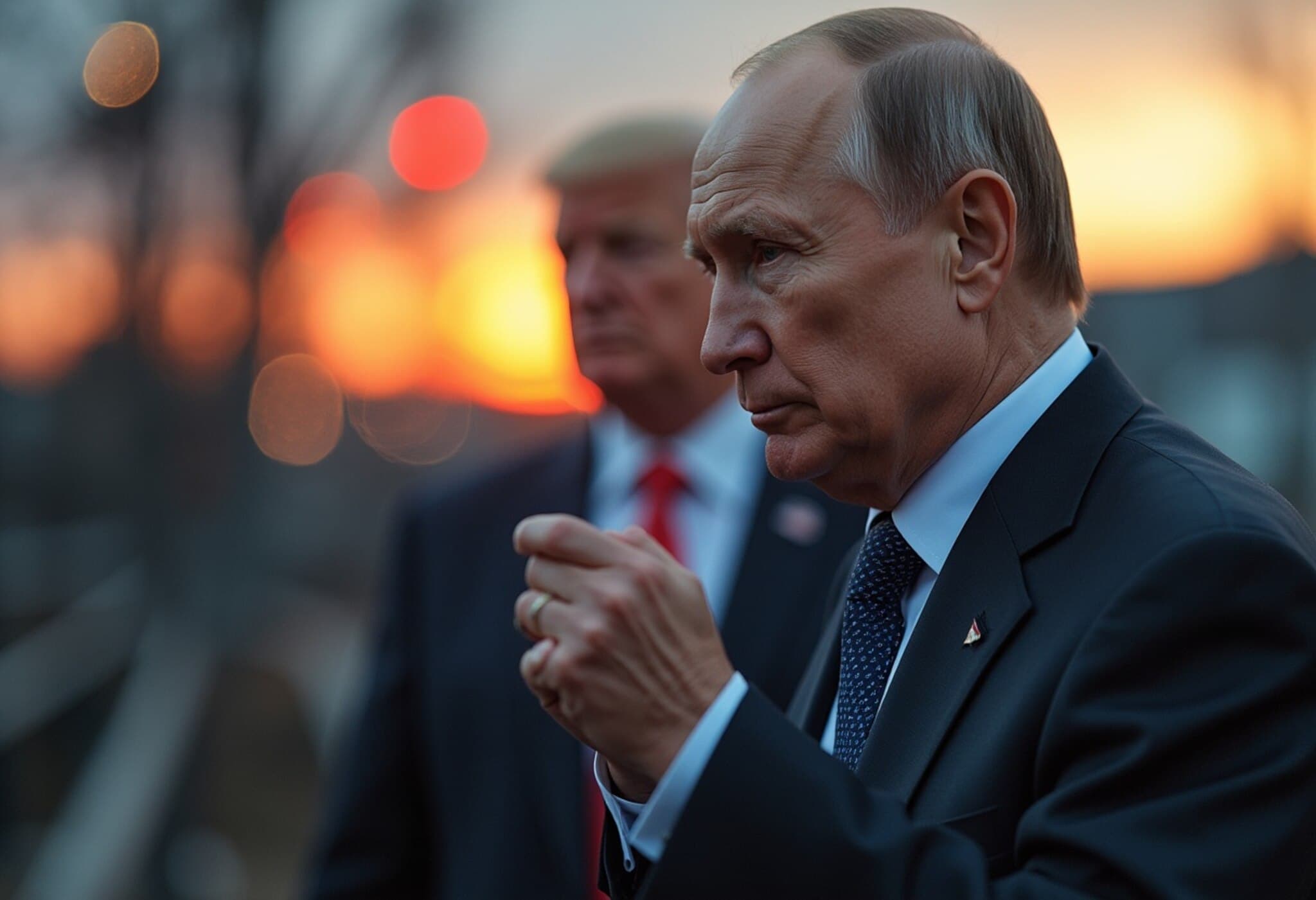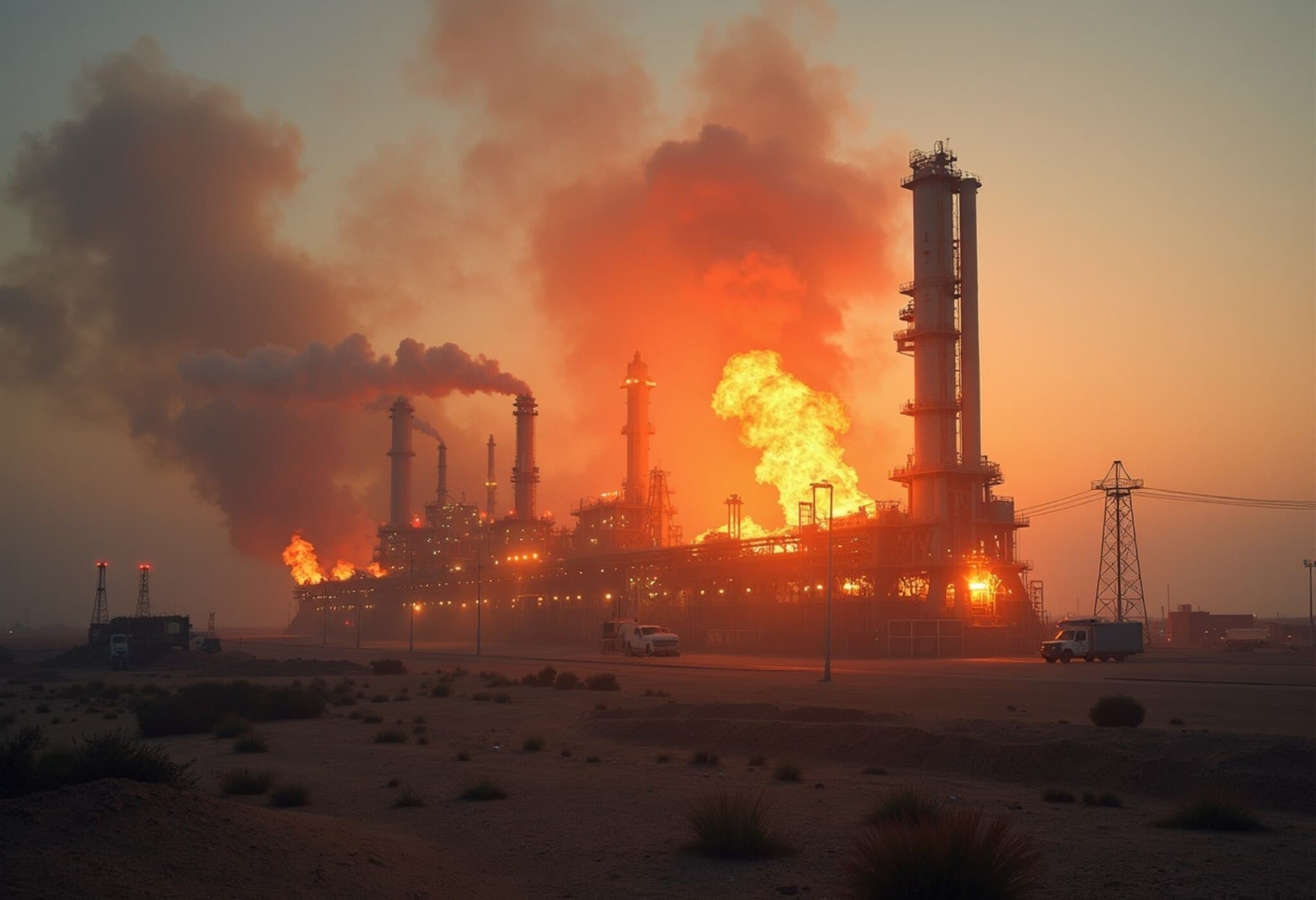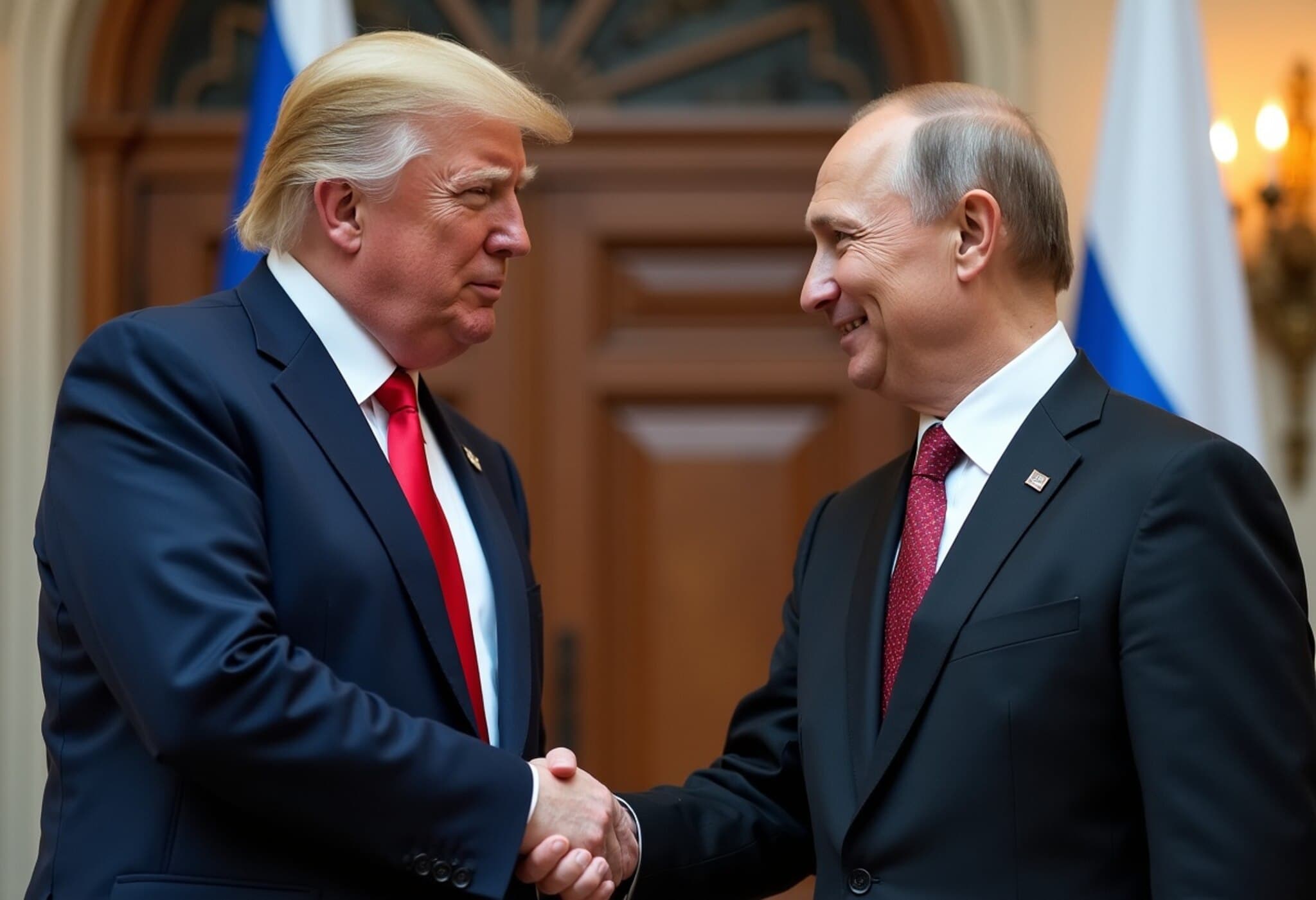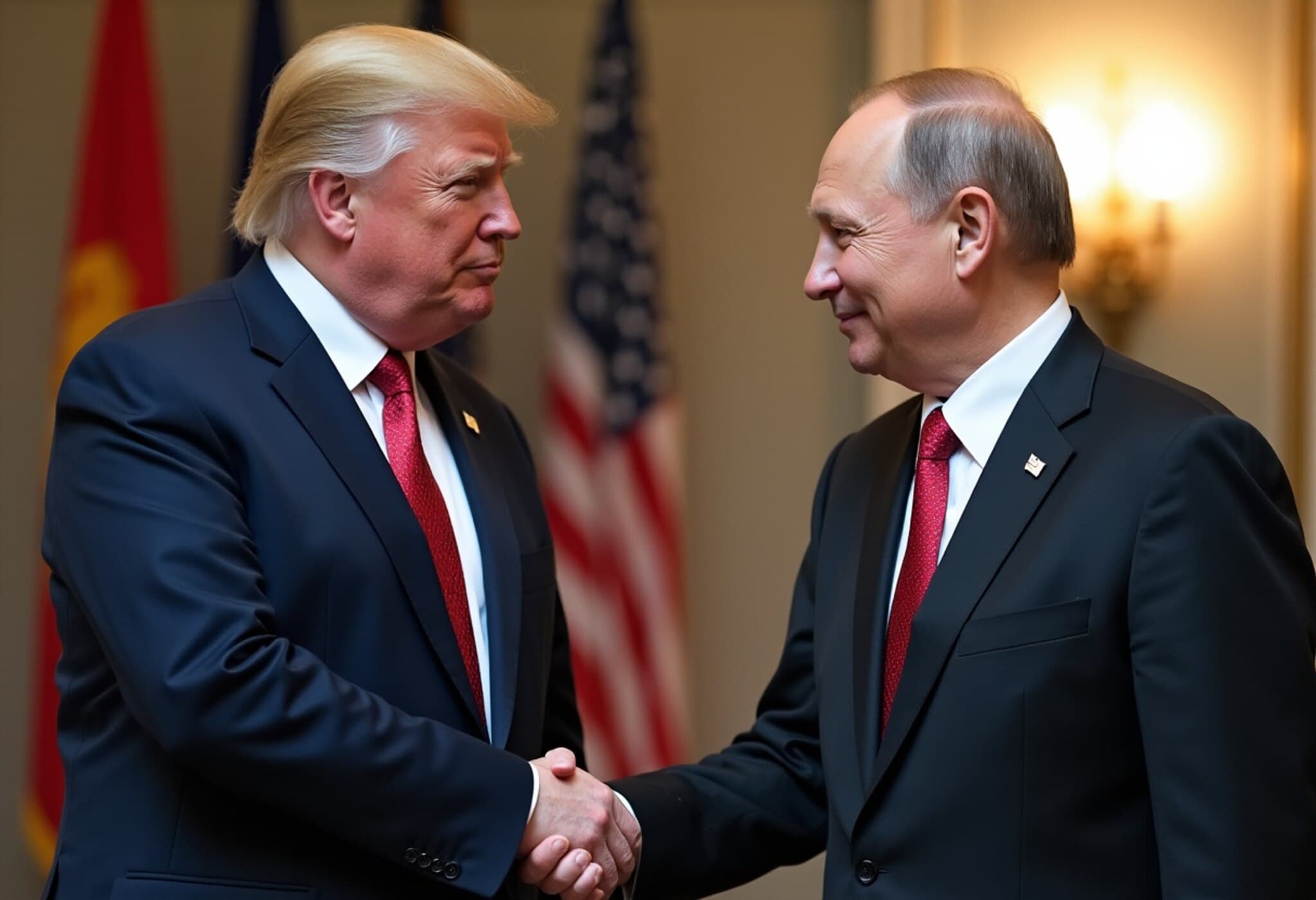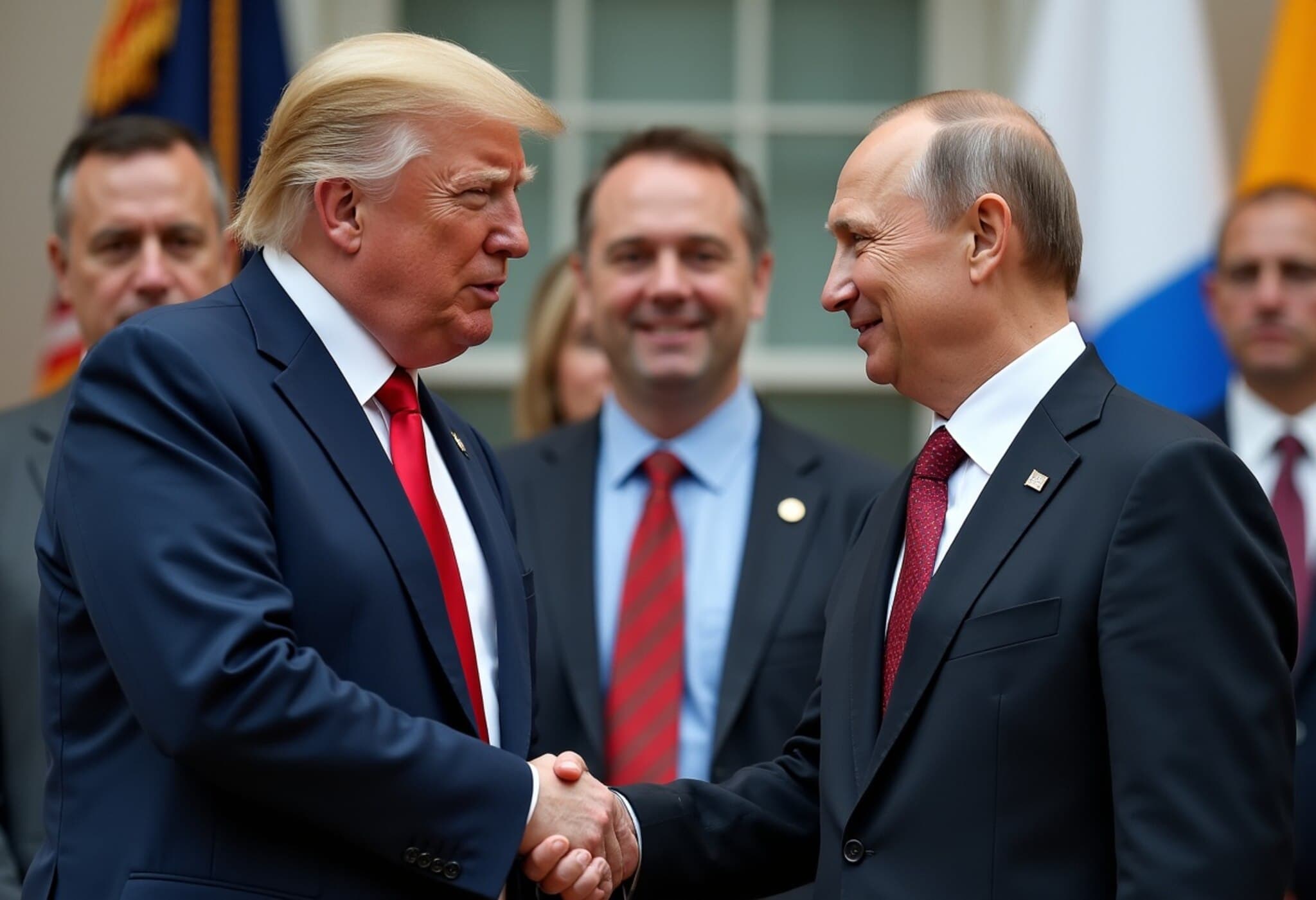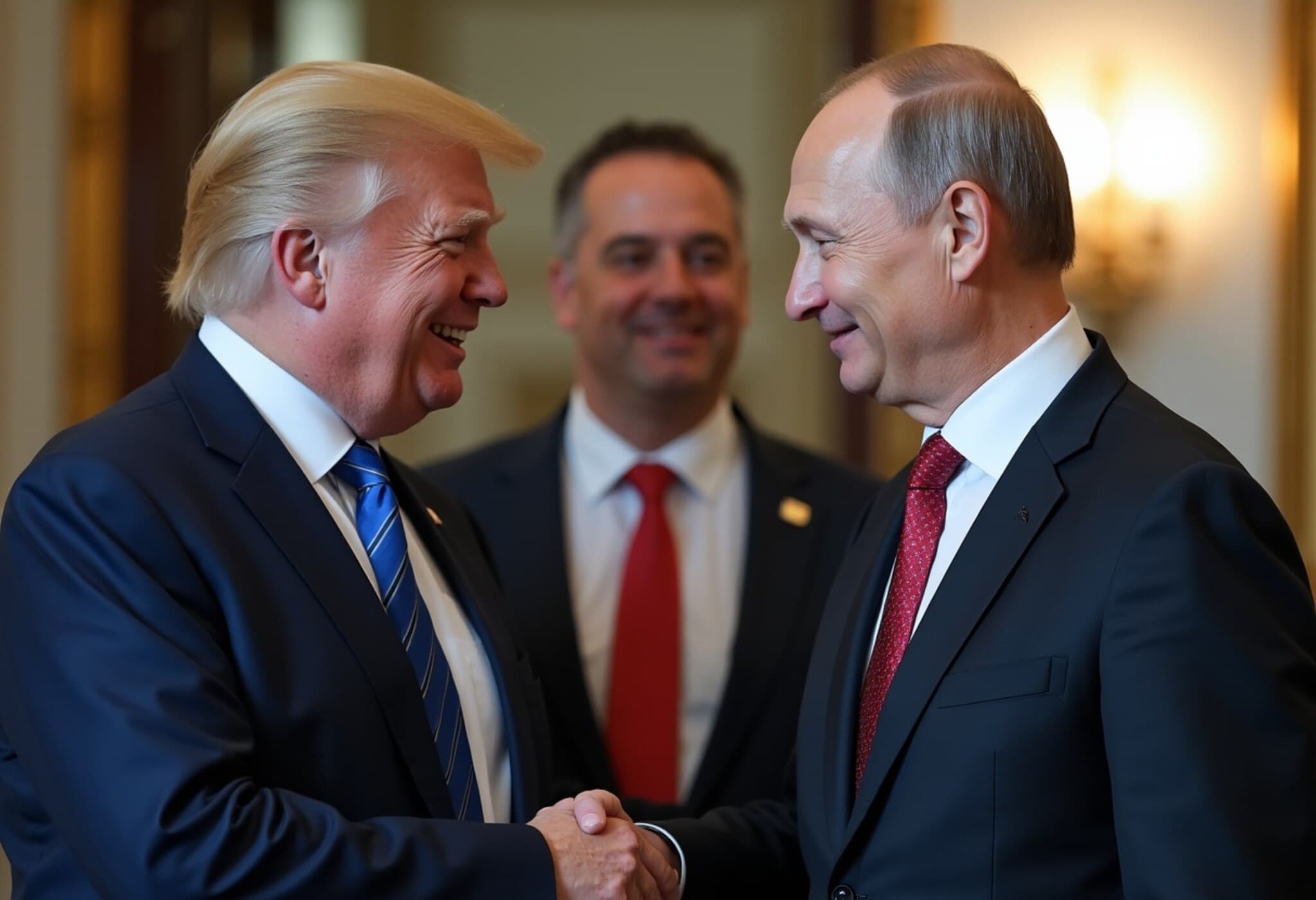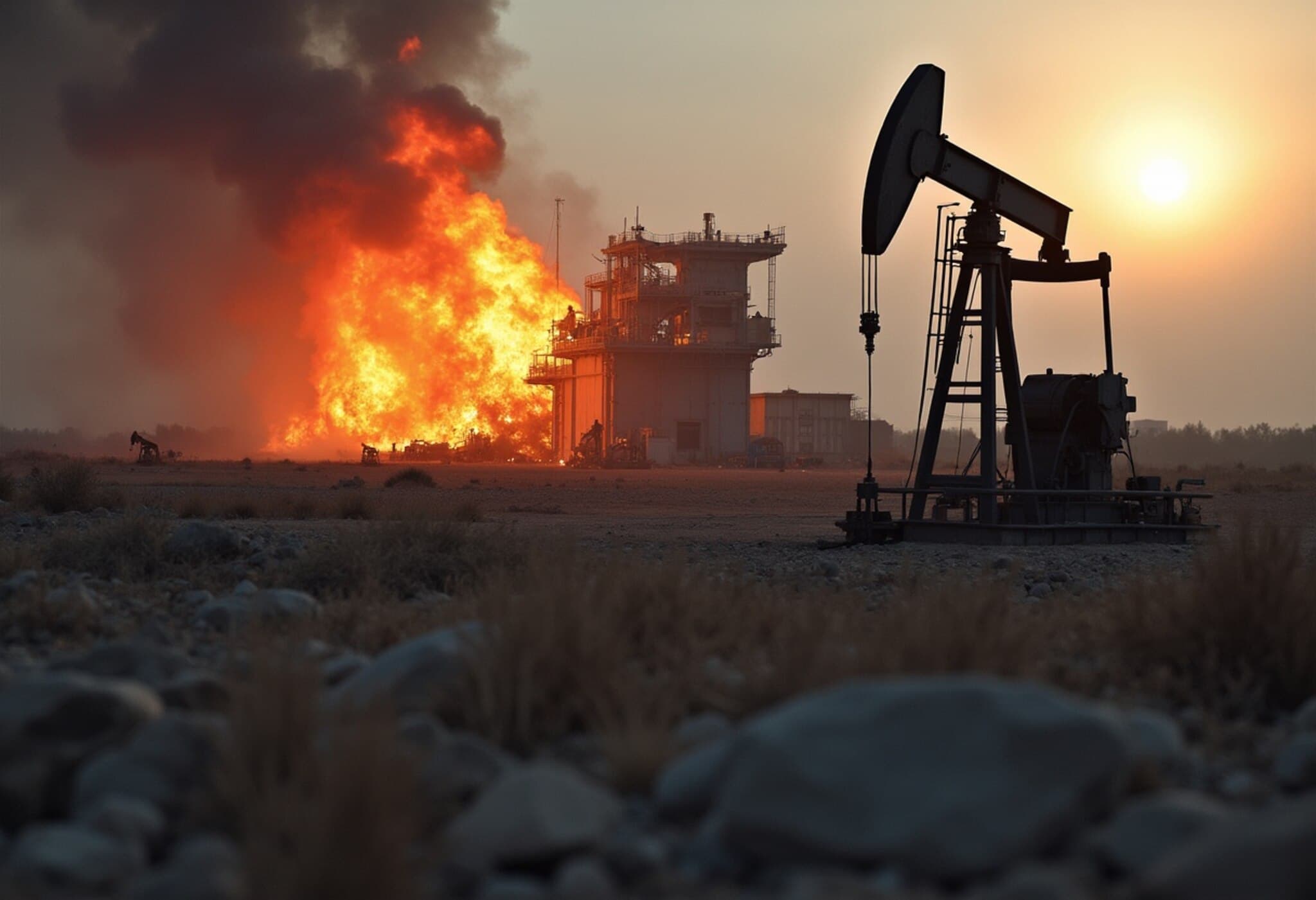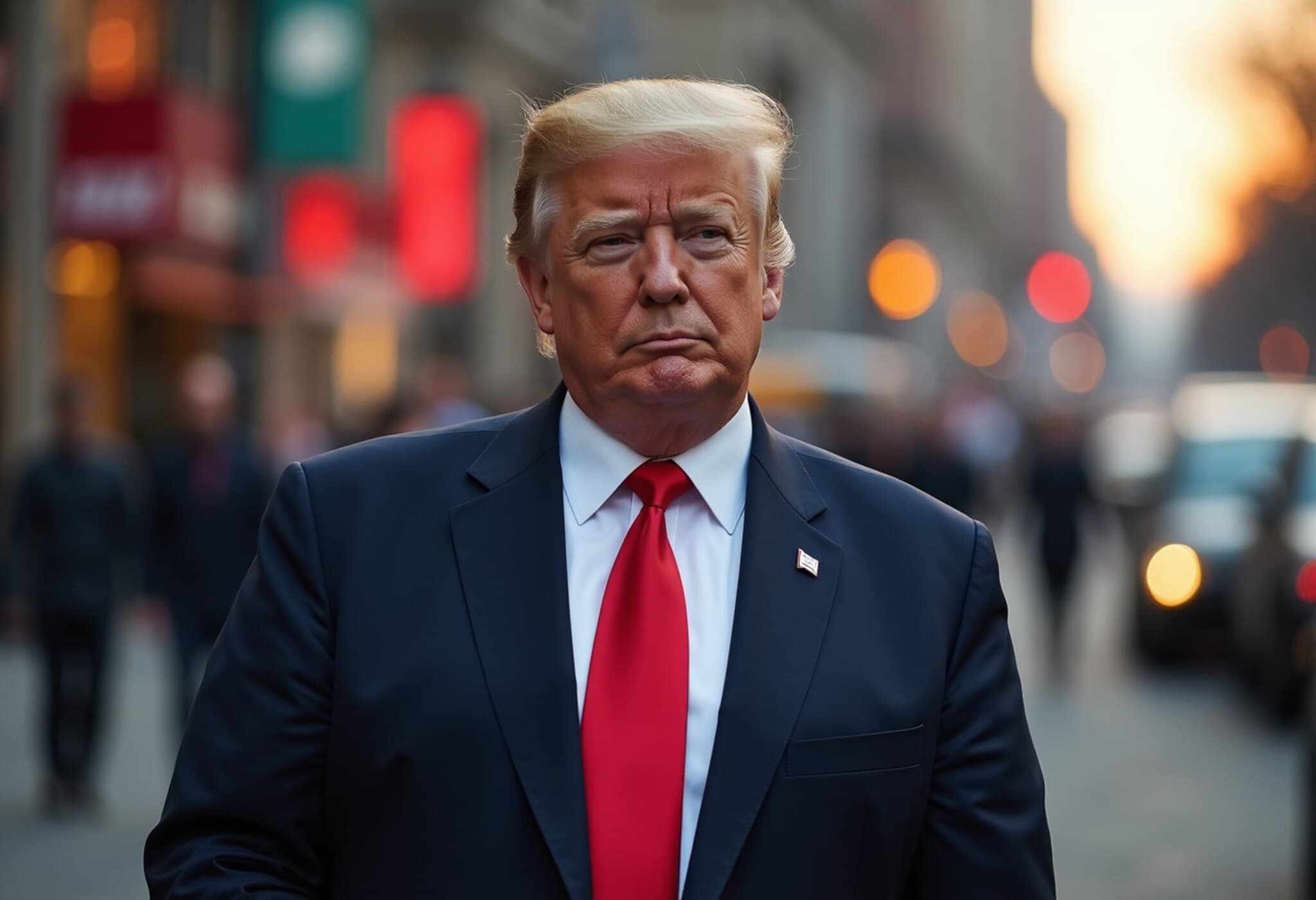Oil Prices Tumble Ahead of Trump-Putin Summit in Alaska
Global crude oil prices have experienced their steepest decline in months, sliding to a two-month low amid growing hopes that U.S. President Donald Trump and Russian President Vladimir Putin might strike a deal to ease tensions surrounding the ongoing conflict in Ukraine during their upcoming summit in Alaska.
Key Details of the Market Reaction
On the heels of anticipation about the summit scheduled for August 15, Brent crude fell by 4.4% last week, trading near $66 per barrel, while West Texas Intermediate hovered just above $63 per barrel, according to Bloomberg data. This marks a significant weekly drop of approximately 4%, the largest seen in recent months.
What’s on the Table at the Alaska Summit?
Central to the discussions between Trump and Putin is the possibility of reaching an agreement concerning the Ukraine conflict. Reports indicate President Trump has drafted proposals that could potentially grant Russia control over parts of eastern Ukraine — a move framed by Trump as a pragmatic route to ending the war, though it remains highly contentious. Ukrainian President Volodymyr Zelenskyy has firmly opposed any territorial concessions.
Nevertheless, markets seem optimistic that some form of resolution could enhance global oil supplies, thereby relieving price pressures.
Expert Insights on Oil Market Dynamics
Robert Rennie, Head of Commodity and Carbon Research at Westpac Banking Corp, succinctly summarized the stakes: “If a resolution is reached that leads to the lifting of sanctions on Russian oil, the consequent surge in supply could push Brent prices below $65 per barrel, with the possibility of dropping under $60 by late Q4.”
This forecast underscores the critical link between geopolitics and oil market volatility. The sanctions currently hamper Russian oil exports, contributing to tightened supply and elevated prices globally.
Additional Factors Influencing Oil Prices
- OPEC+ Production Policy: The oil production cartel is reportedly poised to reverse previous output cuts, potentially increasing supply amid signs of weakening demand.
- Trade and Economic Slowdown: Trump's imposition of high tariffs, particularly a 50% tariff on India, threatens to slow economic growth in key markets, subsequently dampening oil demand.
Uncertainty Remains—Potential Outcomes Highlighted by Analysts
Sugandha Sachdeva, founder of SS WealthStreet, advises caution: “If the talks fail and the conflict persists, the market could quickly switch to a bullish trend, sparking a sharp rally in oil prices.” She also points to critical upcoming events shaping near-term direction, including speeches by Federal Reserve officials and imminent U.S. inflation data releases.
Broader Implications for Global Energy Markets and Policy
Given the pivotal role that Russian oil plays in global supply chains and the sensitivity of prices to geopolitical developments, the Alaska summit represents a potential inflection point. The interplay between diplomatic negotiations, sanctions policy, and major oil producers’ output strategies will continue to create ripple effects not just in energy markets but also in broader economic stability.
For American policymakers and global investors alike, deciphering these complex signals remains a challenging but essential task in navigating an unpredictable landscape.
Editor’s Note:
The upcoming Alaska summit is more than just a diplomatic event; it encapsulates the intricate nexus between geopolitics and global energy economics. While optimism for a deal has sparked a notable oil price drop, uncertainty looms large. Readers should consider the multifaceted consequences of such a deal—ranging from shifts in global energy security to the ethical debates about sovereignty and conflict resolution in Ukraine. As markets brace for volatility, continuous monitoring of political developments and economic indicators will be crucial in understanding long-term trends.

